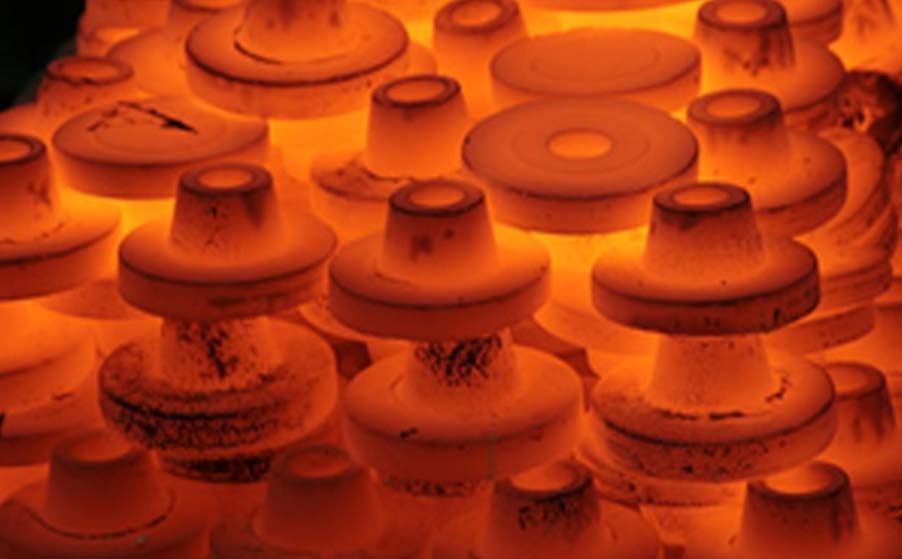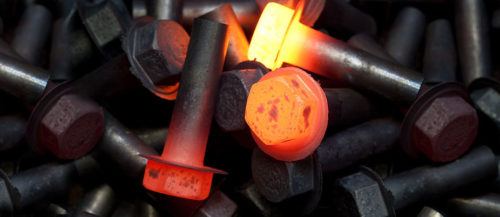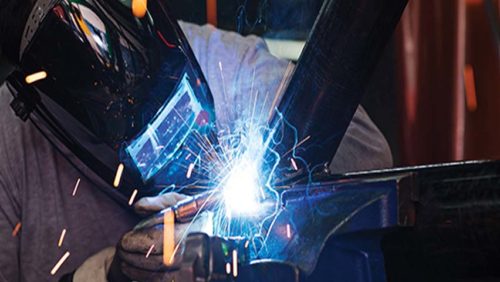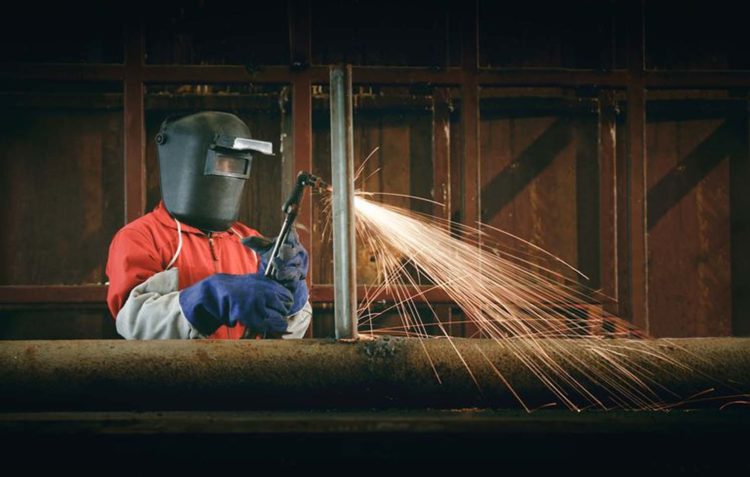Heat Treatment
- Home
- Heat Treatment

About Product
Heat treating or heat treatment is a industrial and metalworking processes used to alter the physical, and sometimes chemical, properties of a material.
The most common application is metallurgical.
Heat treatments are also used in the manufacture of many other materials, normally to extreme temperatures, to achieve a desired result such as hardening or softening of a material. Heat treatment techniques include annealing, case hardening, precipitation strengthening, tempering, carburizing, normalizing and quenching.
It is noteworthy that while the term heat treatment applies only to processes where the heating and cooling are done for the specific purpose of altering properties intentionally, heating and cooling often occur incidentally during other manufacturing processes such as hot forming or welding.
More Info
Heat Treatment:
Heat treatment is a industrial and metalworking processes. They are also used in the manufacture of many other materials. To make the materials hardened or soft. Hence process can be include hardening, strengthening, tempering, normalizing and quenching. It has three basic steps: Heating, soaking, and cooling.General:
Metallic items consist of a micro structure of small crystals called “grains”. The nature of the grains is one of the most effective factors. The temperature of metals are heated, and the rate of cooling after heat treatment can change properties of metal. The most common reasons that metals undergo in heat treatment is to improve their strength, hardness, toughness, and corrosion resistance.Tempering:
It is a process of heat treating. Hence is used to increase the toughness of iron. It is usually performed after hardening. To reduce some of the excess hardness, which is done by heating the metal at low temperature and then make it to cool in the air. It depends on both the specific composition of the alloy and the finished product. At low temperatures hard tools are tempered. Because springs are tempered at much high temperatures.
This Product does not have data sheet.
Related Products

Forging Product
Forging product is a manufacturing process involving the shaping of metal using localized compressive forces. The blows are delivered with a hammer (often a power hammer) or a die. Forging is often classified according to the temperature at which it is performed: cold forging (a type of cold working), warm forging, or hot forging (a type of hot working). For the latter two, the metal is heated, usually in a forge. Forged parts can range in weight from less than a kilogram to hundreds of metric tons.
In modern times, industrial forging is done either with presses or with hammers powered by compressed air, electricity, hydraulics or steam. These hammers may have reciprocating weights in the thousands of pounds. Smaller power hammers, 500 lb (230 kg) or less reciprocating weight, and hydraulic presses are common in art smithies as well. Some steam hammers remain in use, but they became obsolete with the availability of the other, more convenient, power sources.

Plate Welding
Plate welding, also called heated tool welding, is a thermal welding technique for joining thermoplastics. A heated tool is placed against or near the two surfaces to be joined in order to melt them. Then, the heat source is removed, and the surfaces are brought together under pressure. Hot plate welding has relatively long cycle times, ranging from 10 seconds to minutes, compared to vibration or ultrasonic welding. However, its simplicity and ability to produce strong joints in almost all thermoplastics make it widely used in mass production and for large structures, like large-diameter plastic pipes. Different inspection techniques are implemented in order to identify various discontinuities or cracks.

Welding
Welding is a fabrication or sculptural process that joins materials, usually metals or thermoplastics, by using high heat to melt the parts together and allowing them to cool causing fusion. Welding is distinct from lower temperature metal-joining techniques such as brazing and soldering, which do not melt the base meta
